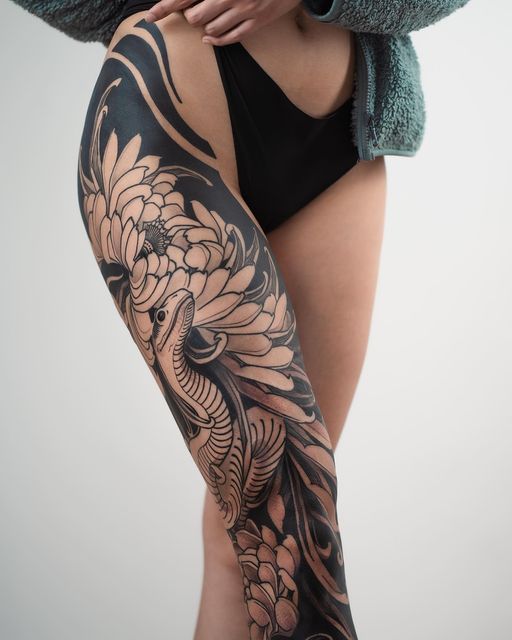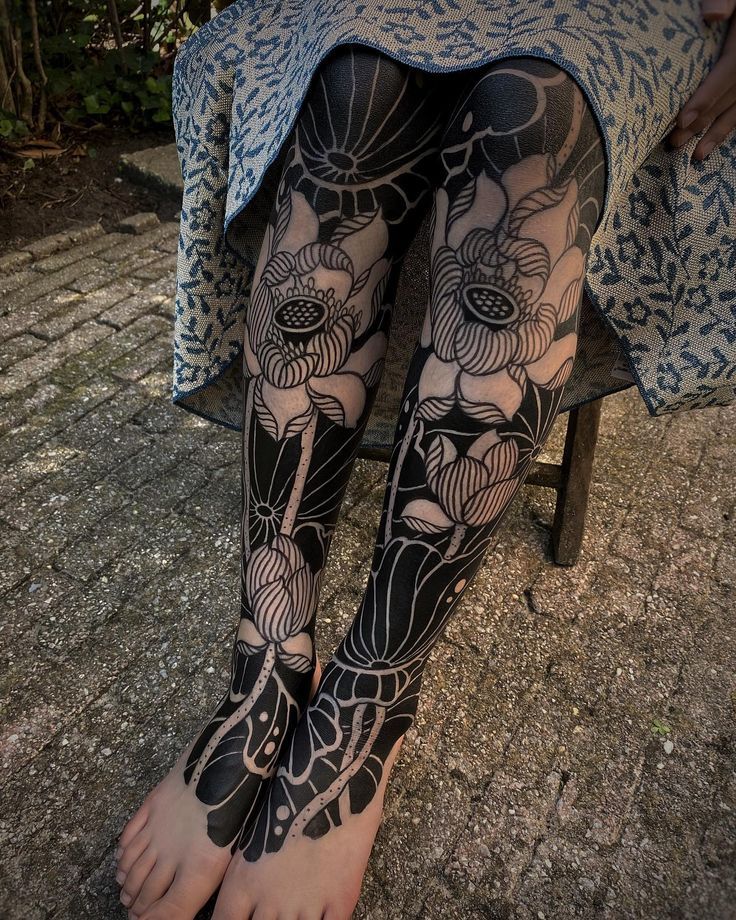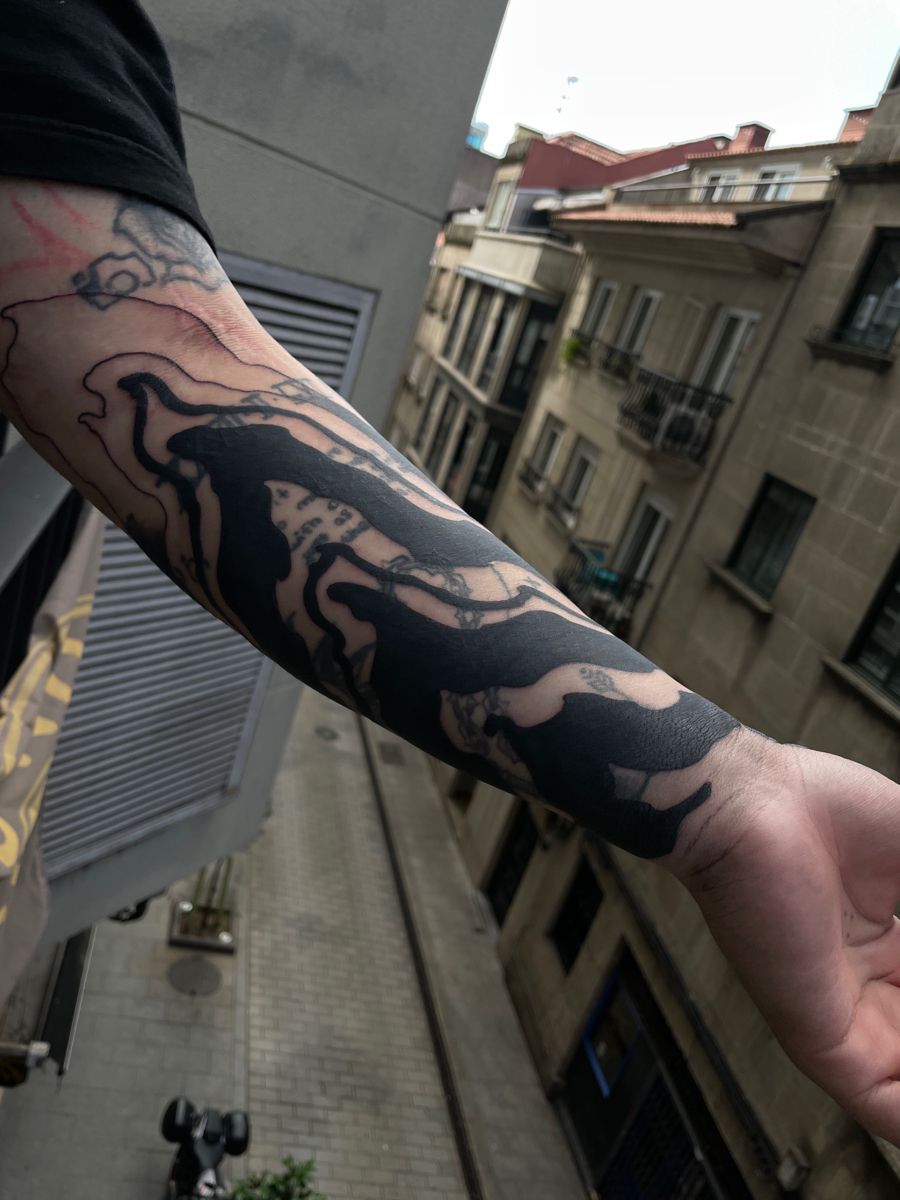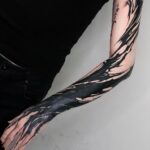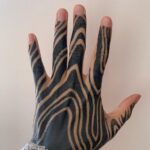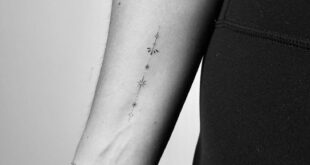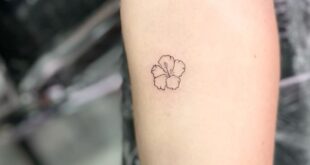Blackout tattoos have been gaining popularity in recent years as a bold and unique form of body art. Unlike traditional tattoos that use intricate designs and detailed images, blackout tattoos cover large areas of skin with solid black ink.
These tattoos often involve completely covering an entire limb or a section of the body with black ink, creating a striking and dramatic effect. While some people may choose blackout tattoos for aesthetic reasons, others may use them to cover up old tattoos or scars.
One of the main appeals of blackout tattoos is their bold and minimalist aesthetic. The solid black ink creates a striking contrast against the skin, making a powerful statement and drawing attention to the area of the body that is tattooed.
Another reason why blackout tattoos have become popular is their ability to create a sense of unity and cohesion across the body. By covering a large area of skin with black ink, the tattoos can create a sense of continuity and flow, tying different tattoos together into a cohesive design.
However, blackout tattoos are not without their risks. The process of tattooing large areas of skin with solid black ink can be more painful and time-consuming than traditional tattooing. It can also be more difficult to get the black ink to heal evenly, which can result in a patchy or uneven appearance.
Additionally, blackout tattoos can be more difficult to remove than traditional tattoos, as the solid black ink can be harder to laser off. As with any tattoo, it is important to carefully consider the decision to get a blackout tattoo and to choose a reputable and experienced tattoo artist.
Overall, blackout tattoos are a bold and unique form of body art that can make a powerful statement. Whether you choose a blackout tattoo for its aesthetic appeal or its ability to cover up old tattoos or scars, it is important to carefully consider the risks and benefits before taking the plunge.
 innstyled Tattoo Ideas
innstyled Tattoo Ideas
